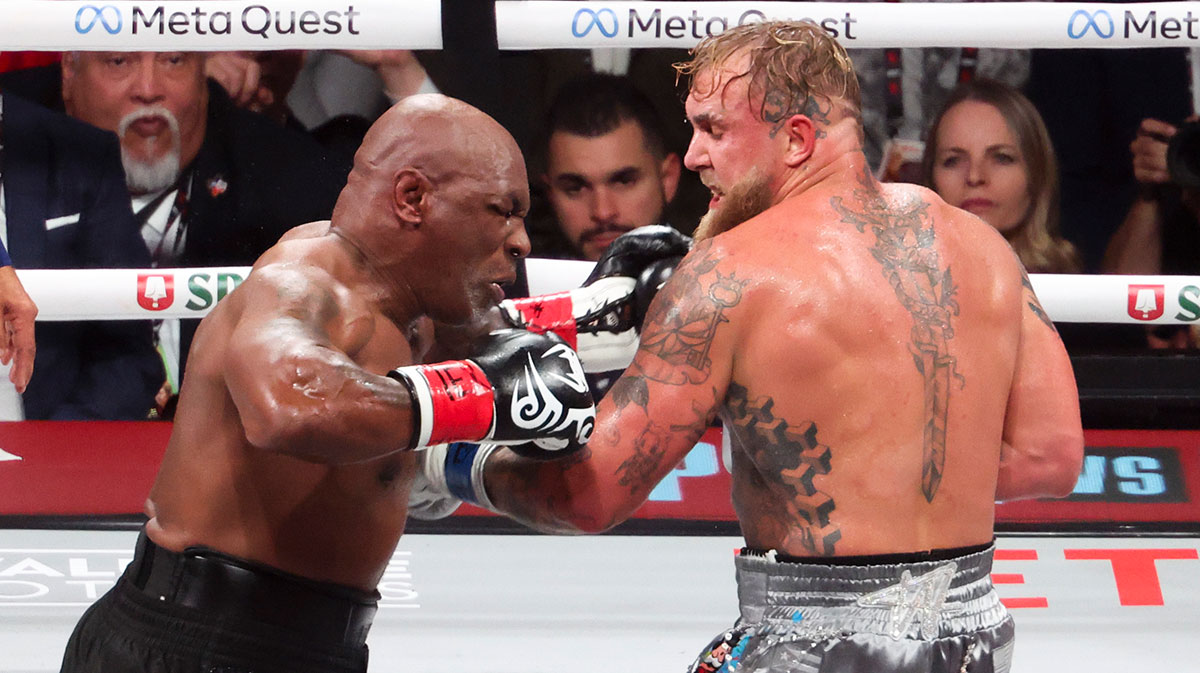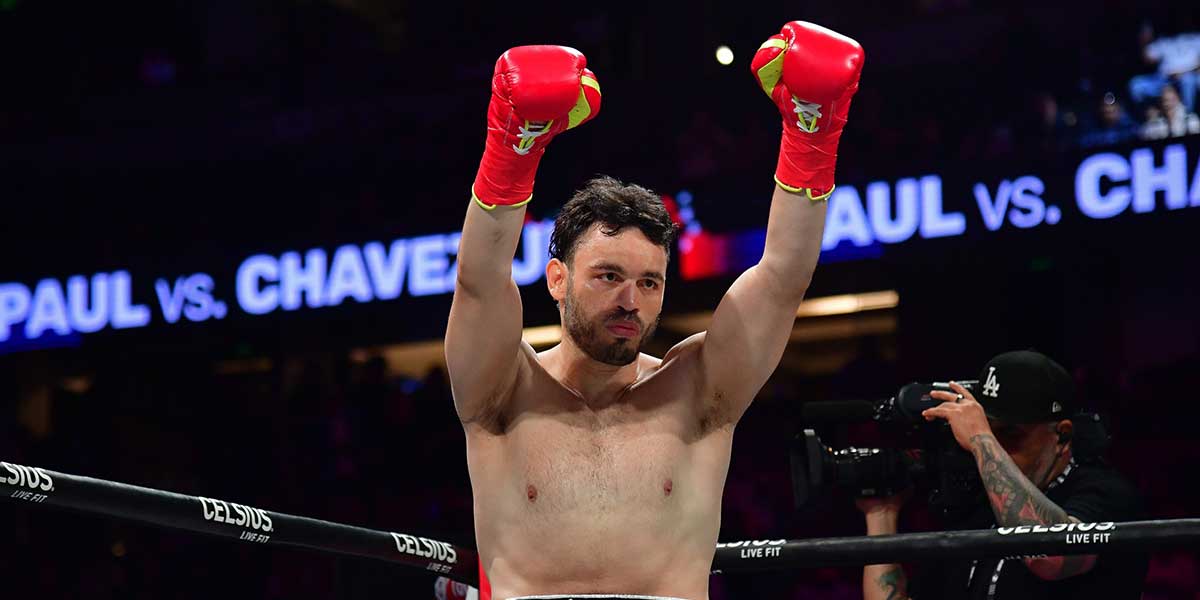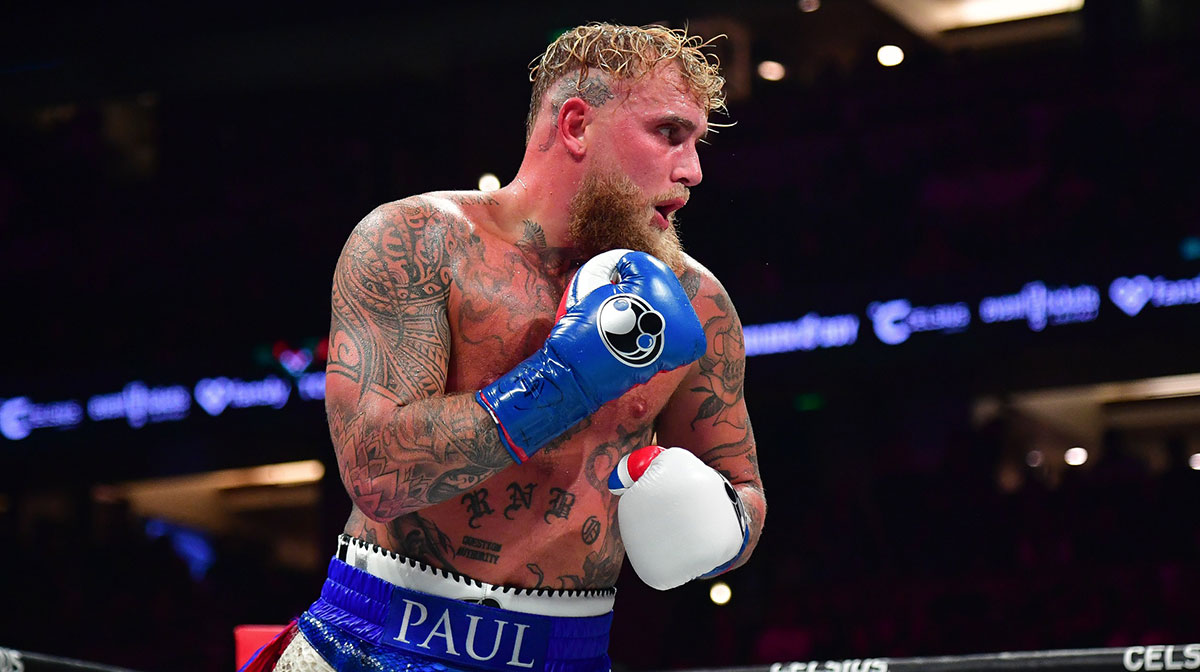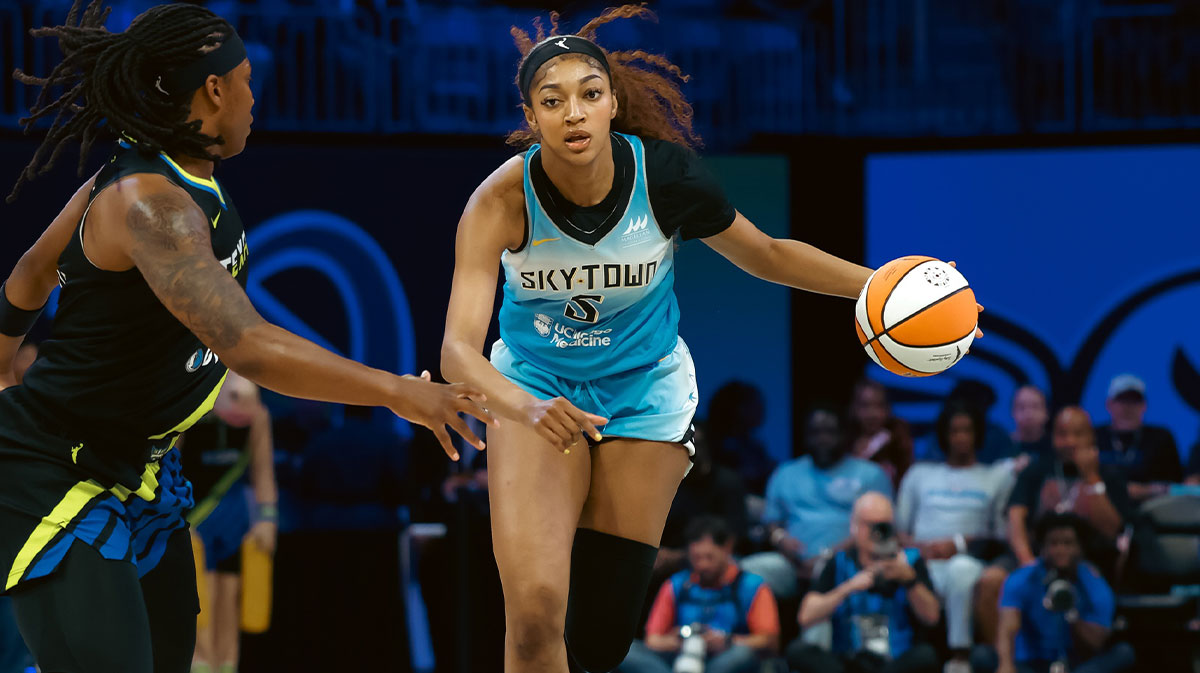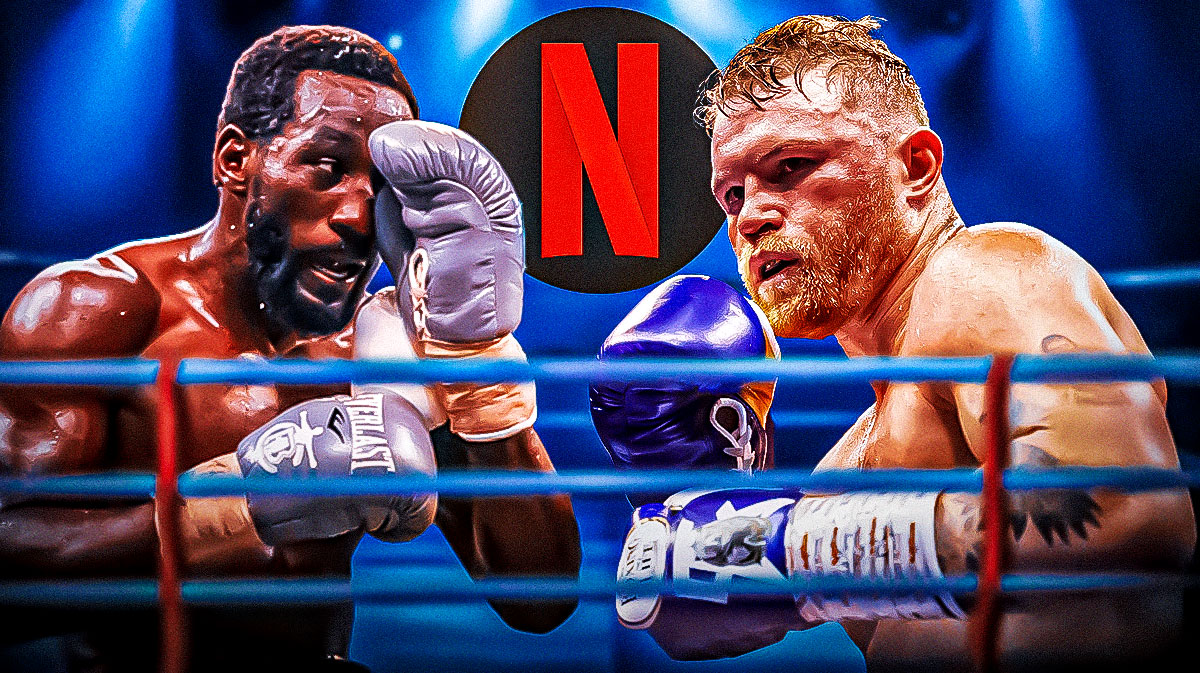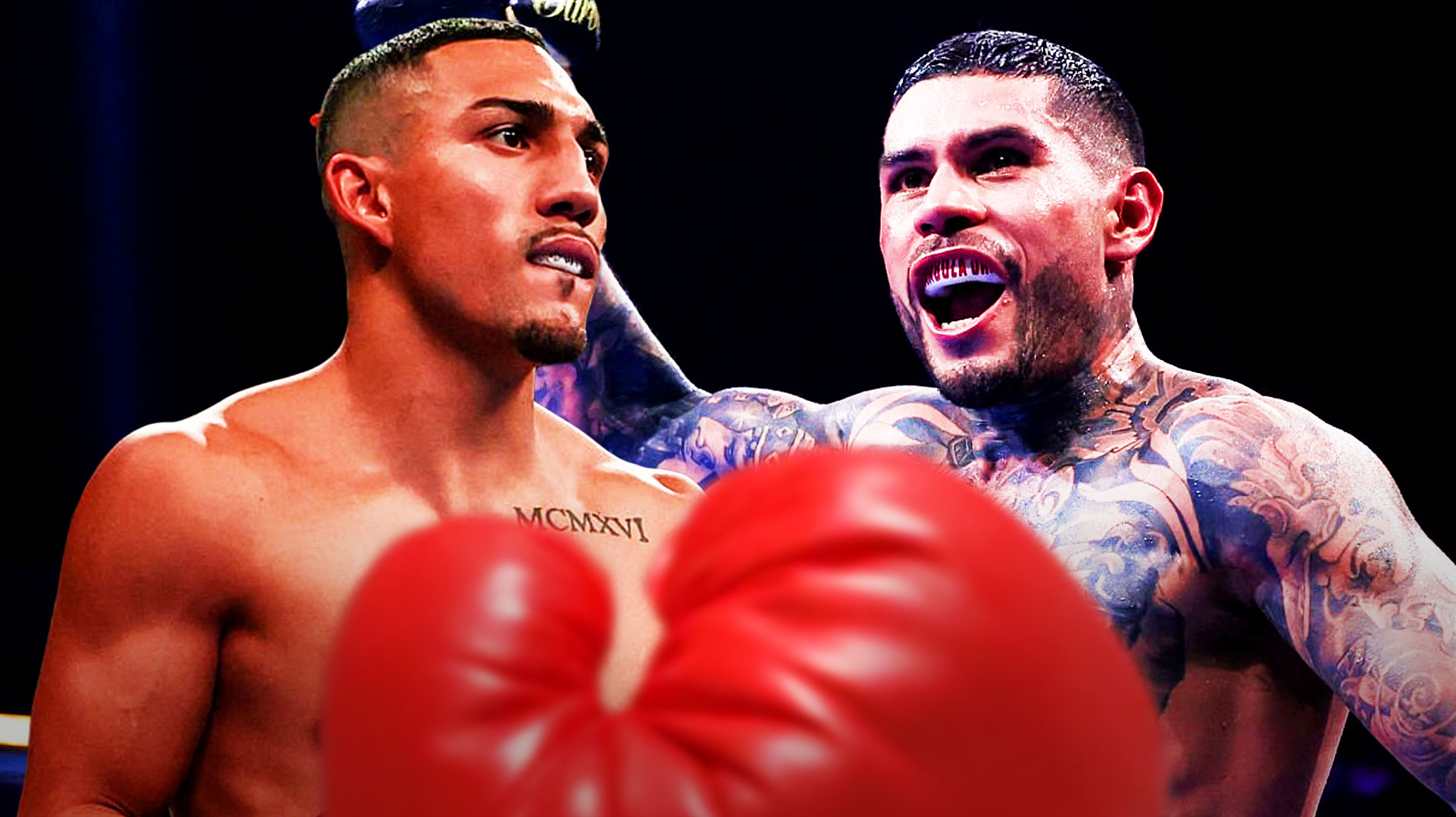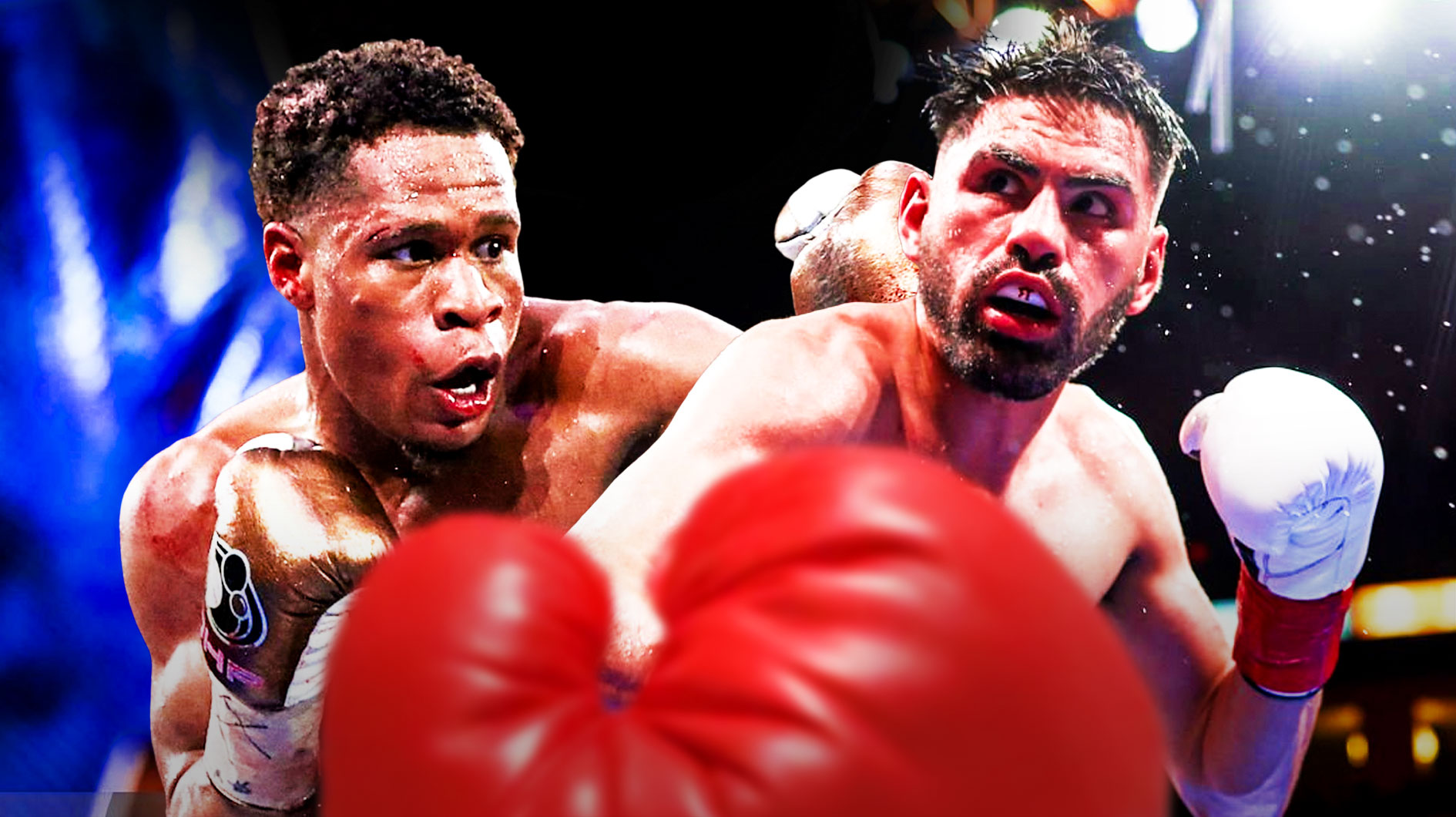Economist Andrew Zimbalist has brought to light a significant disparity in the revenue share of boxers compared to MMA fighters, based on public data from Golden Boy. Zimbalist's analysis reveals that boxers under Golden Boy promotions receive a substantial 62% of the total event revenue, a figure that stands in stark contrast to the earnings of MMA fighters. Notably, veteran boxing promoters Bob Arum and Lou DiBella have further estimated that the boxer's share of event revenue can regularly climb to as high as 85%, underscoring the favorable compensation structure for boxers in comparison to their MMA counterparts.
Economist Andrew Zimbalist uses public data from Golden Boy to show GB boxers make 62% of total event revenue. That's very high relative to MMA, but Bob Arum and Lou DiBella further estimate that share can regularly climb to as high as 85%. https://t.co/ELUKivVRF9
— Luke Thomas🏋️♀️ (@lthomasnews) December 5, 2023
This revelation has sparked a renewed discussion about the economic landscape of combat sports and the implications for the athletes involved. Zimbalist's findings shed light on the significant discrepancy in revenue distribution between boxing and MMA, raising questions about the factors that contribute to this disparity and the potential impact on the respective athletes.
The analysis by Zimbalist, a leading sports economist, has drawn attention to the financial dynamics of combat sports and the differing compensation models employed by boxing and MMA promotions. The substantial share of event revenue allocated to boxers, particularly under the Golden Boy banner, reflects a unique aspect of the boxing business that sets it apart from MMA.
Some more tables comparing UFC to other sports as well as Top Rank's fighter share of gross revenue. pic.twitter.com/uDQrPIMMHl
— John S. Nash (@heynottheface) December 5, 2023
Zimbalist's comparison of the revenue share of boxers to that of MMA fighters has underscored the distinct economic structures of the two sports. While the precise factors contributing to this contrast are multifaceted, it is evident that the traditional framework of boxing promotion, with its historical precedents and established practices, plays a significant role in shaping the financial arrangements for boxers.
The insights provided by Zimbalist's analysis have prompted a reexamination of the economic landscape of combat sports and the implications for athlete compensation. The disparity in revenue share between boxing and MMA raises important considerations regarding the financial well-being of fighters and the extent to which they are fairly remunerated for their contributions to the sport.
A table produced by WME back in 2016 when they purchased Zuffa comparing UFC athlete pay to other sports. pic.twitter.com/c67Oi9aEX6
— John S. Nash (@heynottheface) December 5, 2023
The implications of Zimbalist's findings extend beyond the realm of boxing and MMA, offering valuable insights into the broader economic dynamics of professional sports. The contrast in revenue distribution highlighted by Zimbalist's analysis serves as a compelling case study for the distinct organizational and economic structures that underpin different sports and the implications for athlete compensation.
As the debate surrounding athlete compensation in combat sports continues to evolve, Zimbalist's analysis has emerged as a pivotal reference point for understanding the economic landscape of boxing and MMA. The disparity in revenue share between the two sports has sparked a critical dialogue about the financial arrangements for athletes and the need for equitable compensation structures that reflect their contributions to the sport.
In light of Zimbalist's analysis, the spotlight is now on the broader implications of the revenue share disparity between boxing and MMA, and the potential avenues for addressing the economic challenges faced by athletes in both sports. The contrasting compensation models employed by boxing and MMA promotions have brought into focus the need for a more comprehensive understanding of the economic dynamics that shape athlete compensation in professional sports.

